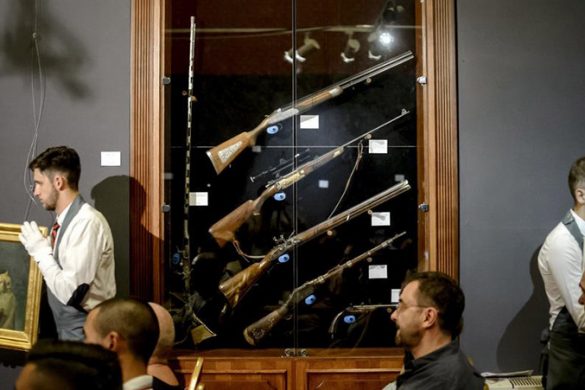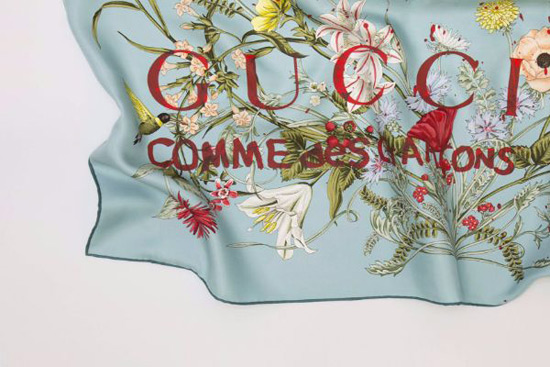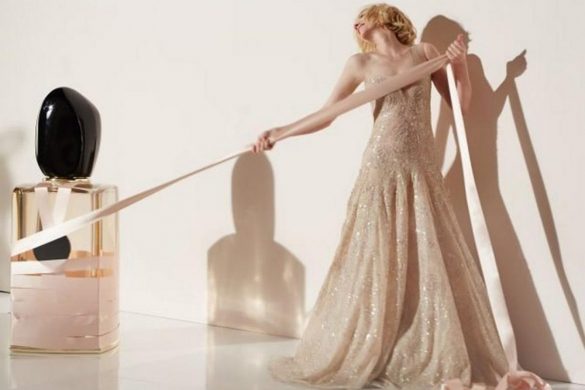The Lock, a work by the English painter John Constable has sold for £22,441,250 ($34.2 million), at a Christie’s auction in London last week. The 56 x 47 inch (142.2 x 120.7 cm) oil on canvas, which depicts rural life in Suffolk, east England, finished in 1824, is the fifth in a celebrated series of six large-scale paintings of the Stour Valley that Constable exhibited between 1819 and 1825.
The hefty price tag represents a record for the English artist, but perhaps even more interesting is the family drama behind the high-profile art sale. Baroness Carmen Thyssen-Bornemisza, 69, has taken the decision to sell one of the prized exhibits in her collection, housed in Madrid’s Thyssen-Bornemisza Museum, because she claims to be suffering “liquidity” problems as a victim of Spain’s economic crisis.
A former Miss Spain, the baroness is the fifth wife and widow of Swiss industrialist Baron Hans Heinrich Thyssen-Bornemisza. The Lock was part of the huge private art collection he left behind when he died in 2002. While most of it was sold to Spain, 250 artworks are still in the baroness’s private collection and have been lent to the country free of charge for the past 13 years.
The sale has drawn criticism from a member of the baroness’ family as well as a board member of the museum, who resigned in protest.
The decision to sell the Constable represents a moral shame on the part of all those concerned, most especially on the part of Tita (the name used by the flamboyant Baroness), wrote Sir Norman Rosenthal, the former exhibitions director of London’s Royal Academy, in his letter resigning as a trustee of the Madrid museum.
Francesca Von Habsburg, Thyssen-Bornemisza’s stepdaughter and another museum board member, also slammed the sale. The baroness has shown absolutely no respect for my father and is simply putting her own financial needs above everything else, she told.
The Lock was bought at the 1824 Royal Academy exhibition by James Morrison, who was the son of an innkeeper and who rose to become one of the wealthiest British merchants of the 19th century and an outstanding collector of old and modern masters. The Lock remained in the possession of his descendants until 1990.
The Constable’s latest buyer remained anonymous.











